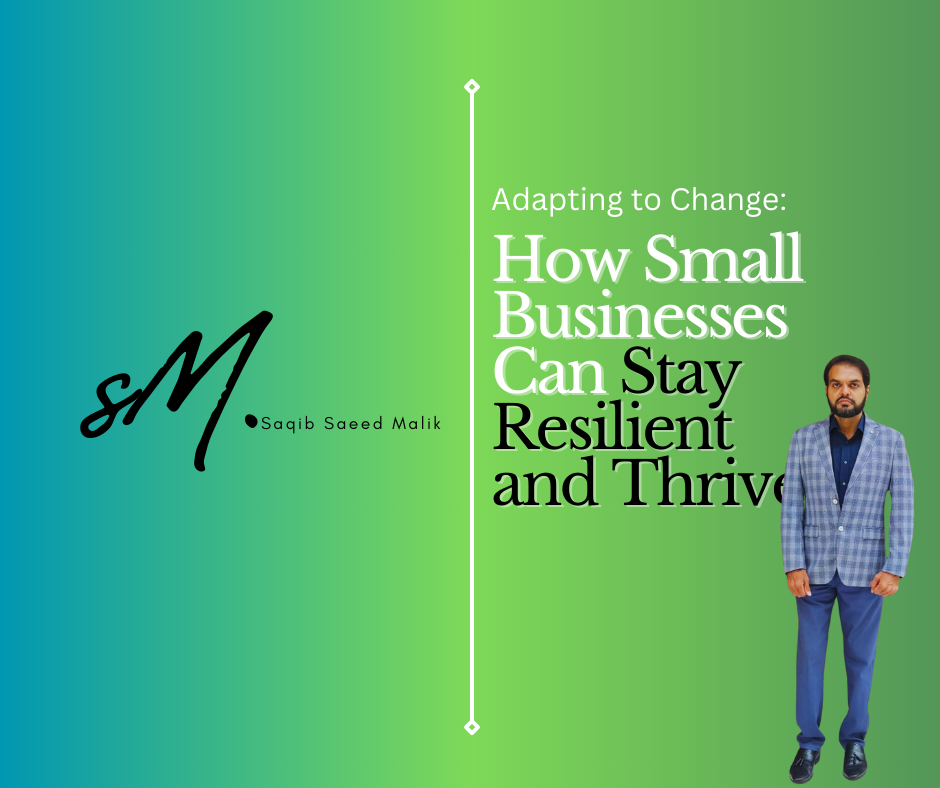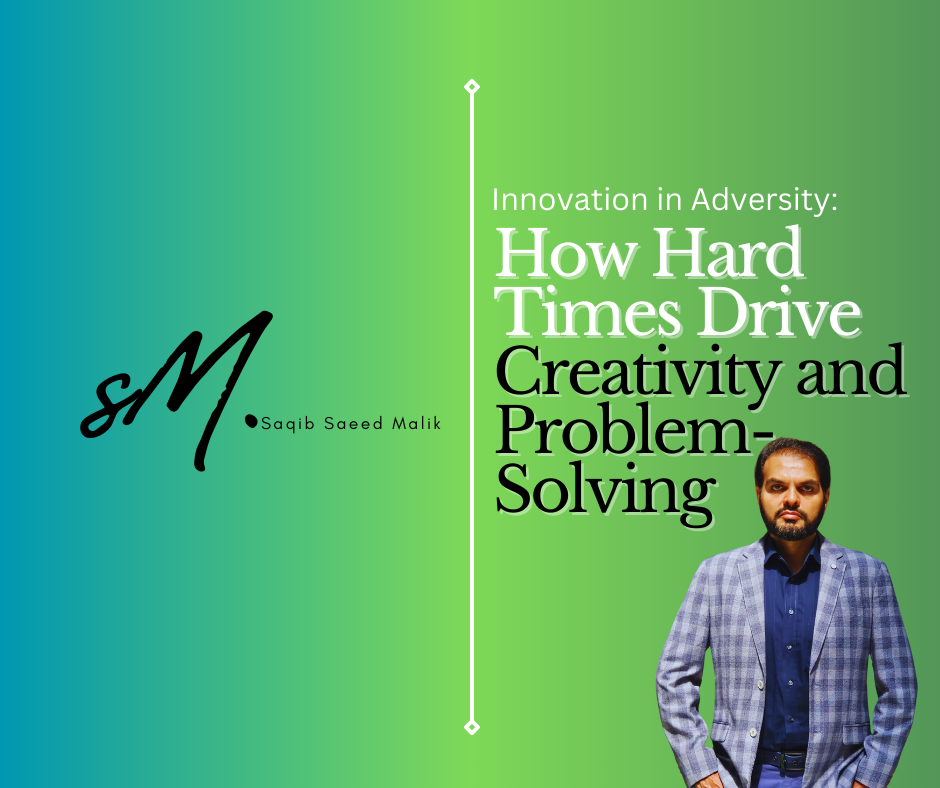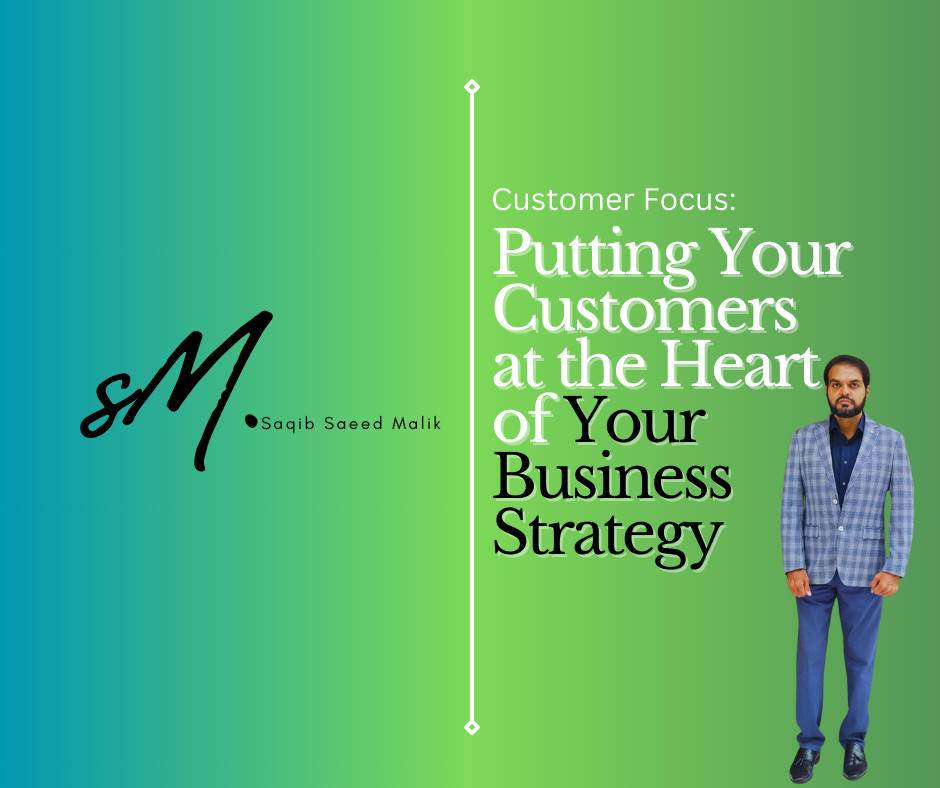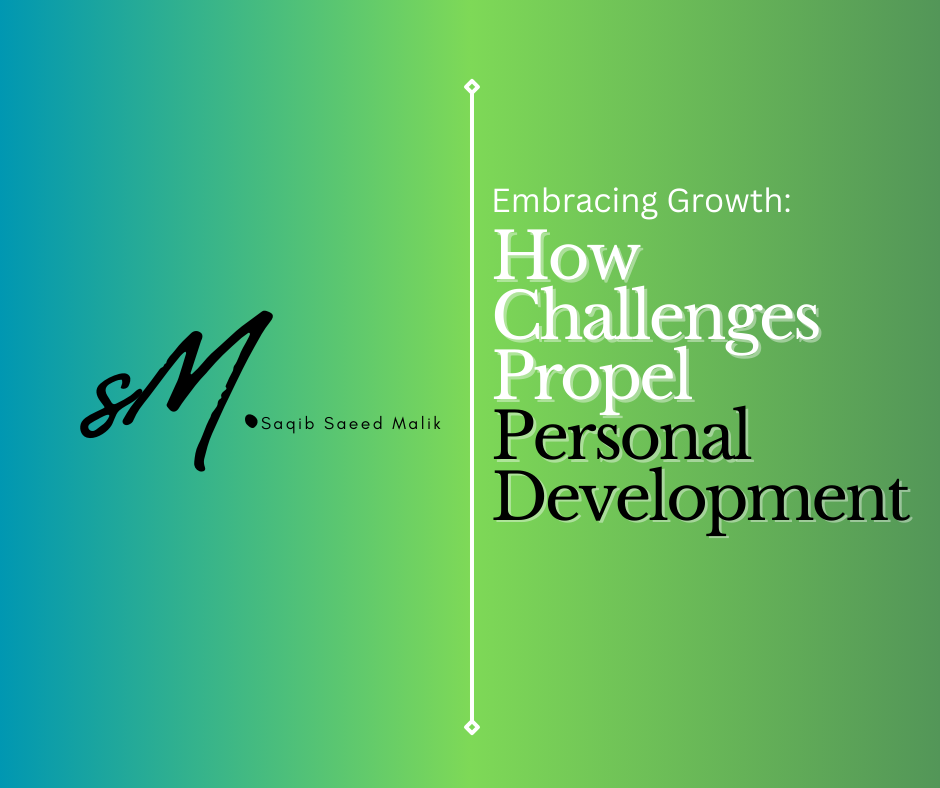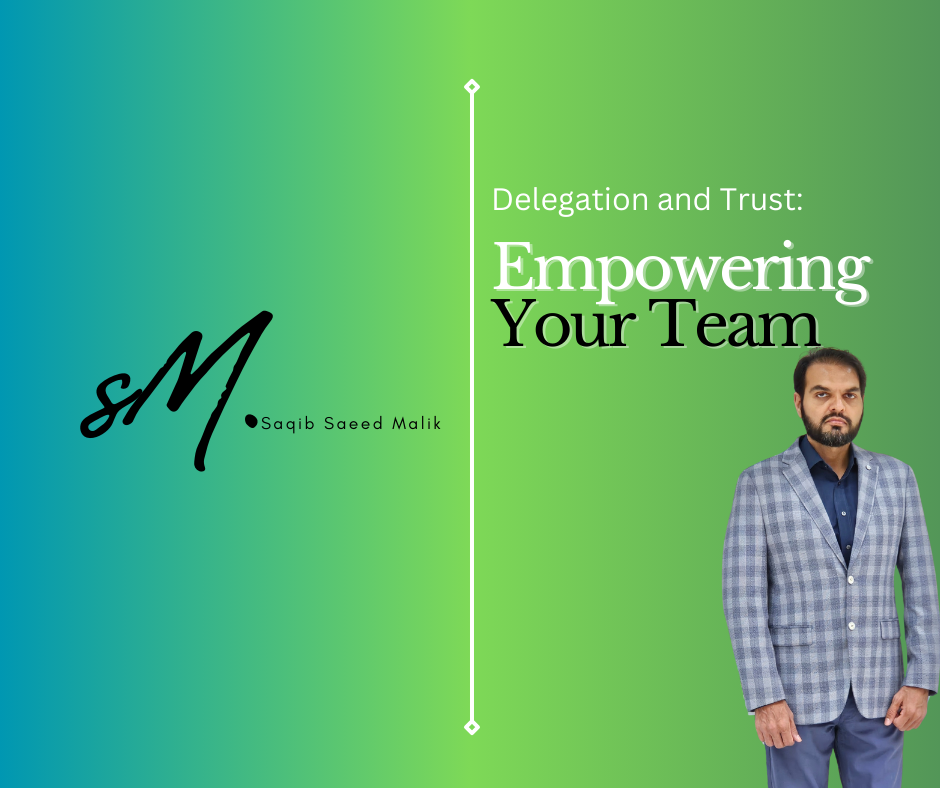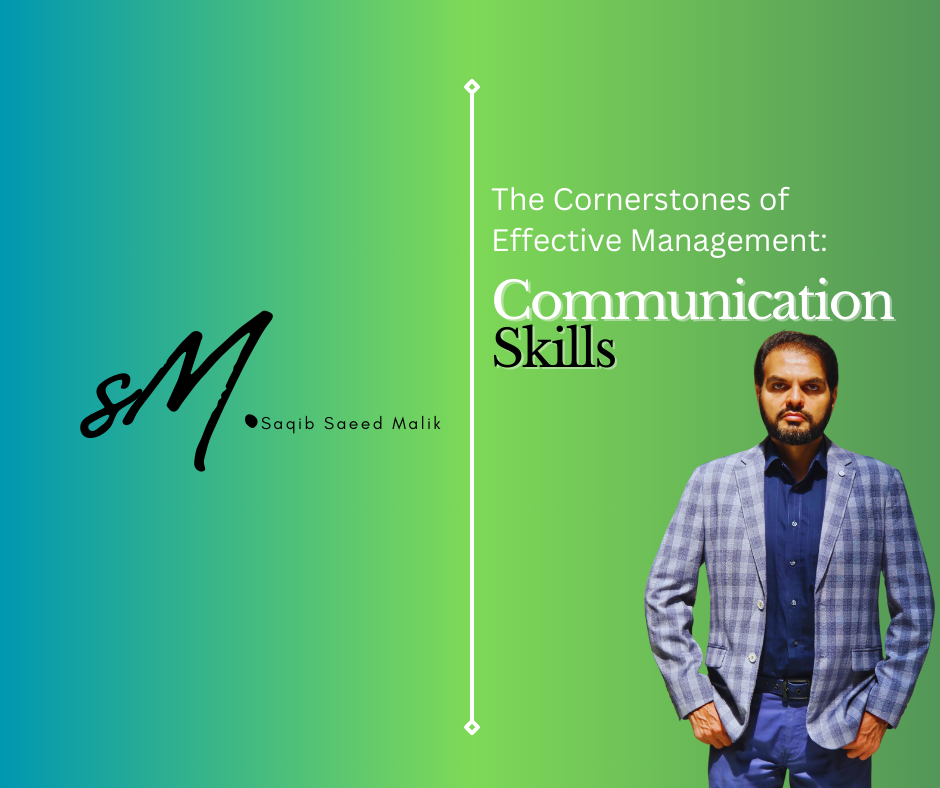In any organization, clarity is key. Employees thrive when they know what is expected of them and how their contributions align with the company’s vision. Clear goals and expectations not only enhance productivity but also foster a sense of purpose and motivation.
The Power of SMART Goals
A well-defined goal-setting process starts with SMART goals—Specific, Measurable, Achievable, Relevant, and Time-bound. Vague objectives lead to confusion and disengagement, whereas clear, structured goals provide a roadmap for employees to follow.
For instance, instead of setting a broad target like “increase sales,” managers should establish a measurable goal such as “increase sales by 15% over the next six months through targeted digital marketing efforts.” This clarity eliminates ambiguity and gives employees a tangible benchmark to work toward.
Breaking Down Large Objectives
Big goals can be overwhelming, which is why breaking them down into smaller, manageable tasks is crucial. When employees can see progress in real-time, they stay engaged and motivated. Managers should provide regular updates, track progress, and offer constructive feedback. This not only keeps teams aligned but also helps address challenges early on.
The Power of SMART Goals
A top-down approach to goal-setting often leads to resistance or lack of enthusiasm. Instead, involving employees in the process fosters a sense of ownership. When team members contribute to shaping their objectives, they feel more invested in their work.
Encouraging open communication and providing opportunities for employees to voice their thoughts ensures that goals remain realistic and meaningful. Additionally, reviewing and adjusting objectives periodically ensures they stay relevant in an ever-changing business environment.
Celebrating Milestones and Maintaining Motivation
Achieving goals—big or small—deserves recognition. Celebrating milestones, whether through simple acknowledgments or rewards, reinforces positive behavior and keeps morale high. A motivated workforce is a productive workforce, and appreciation goes a long way in maintaining engagement.
Final Thoughts
Clear goals and expectations create a structured and motivated workplace. By setting SMART goals, breaking down objectives, involving employees, and recognizing achievements, companies can drive success while fostering a positive and engaged work culture.
For leaders, the key is consistency—setting goals is just the beginning; actively guiding, supporting, and inspiring employees is what leads to lasting success.


